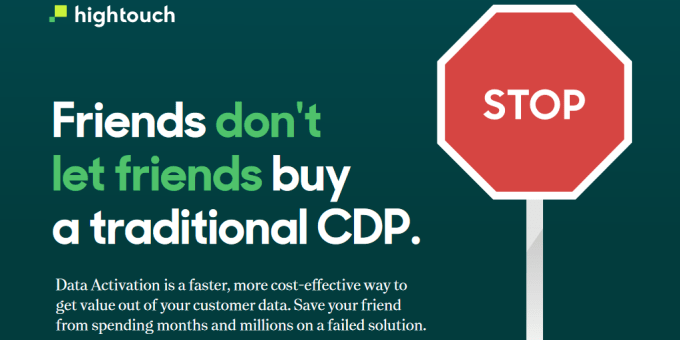
For businesses to compete in today’s world, both B2B and B2C organizations must build ongoing relationships with their customers based on trust and value. Businesses of all sizes should centrally manage customer data from every touchpoint and use that centralized data to create actionable insights and personalized recommendations. This allows businesses to best understand changing behaviors and engage with customers where they are.
While the ability to segment audiences and orchestrate campaigns is critical to business success, a substantial amount of customer data is currently siloed and not actionable. Finding the right data management solution is essential, and the solution for this data management challenge is the customer data platform (CDP). While the solution was initially defined in 2013, today’s CDP industry has evolved and advanced, with vendors representing all global regions and catering to all industries.
As the CDP market matures, there are both significant similarities and substantial differences between platforms currently categorized as CDPs. Some vendor platforms eschew the traditional moniker even as they provide CDP-style capabilities — preferring instead to stylize themselves as customer intelligence platforms or the like. Others cater to specific industries or regions, digging deep to solve for their industry’s unique challenges. While some businesses are best of breed, others feature a CDP as part of their tch stack offerings.
In this guide, we will define the CDP, examine its basic elements and functionality and discuss potential benefits and use cases. Further, we will examine the current CDP market, provide a comprehensive (but not exhaustive) vendor list (with at-a-glance profiles and product information) and look to the future of the category.
This article is posted at tealium.com

Please fill out the form to access the content








